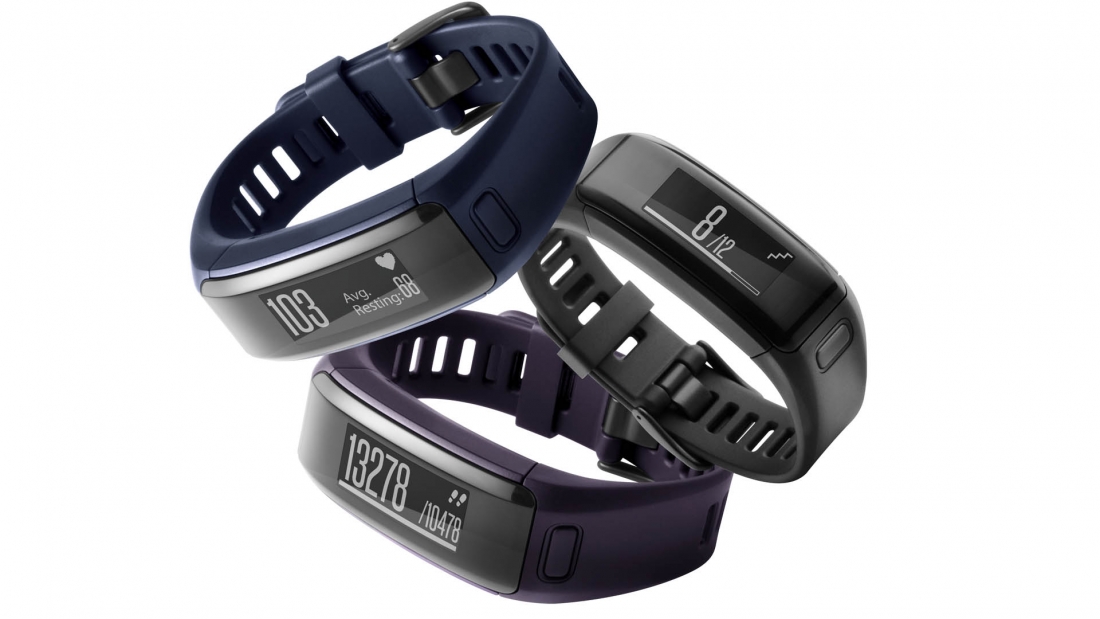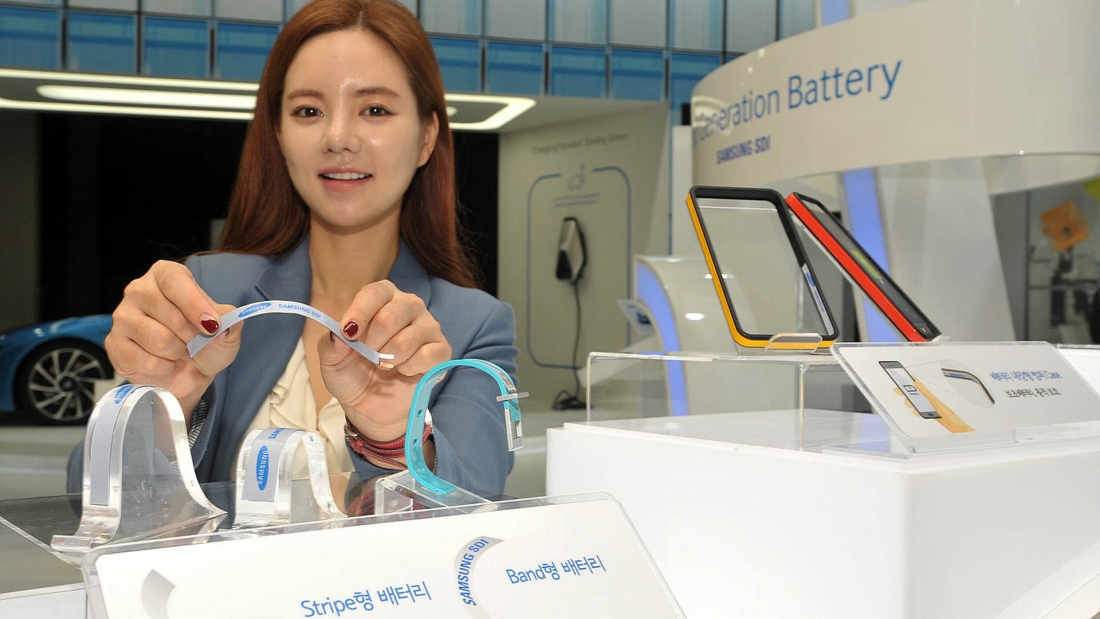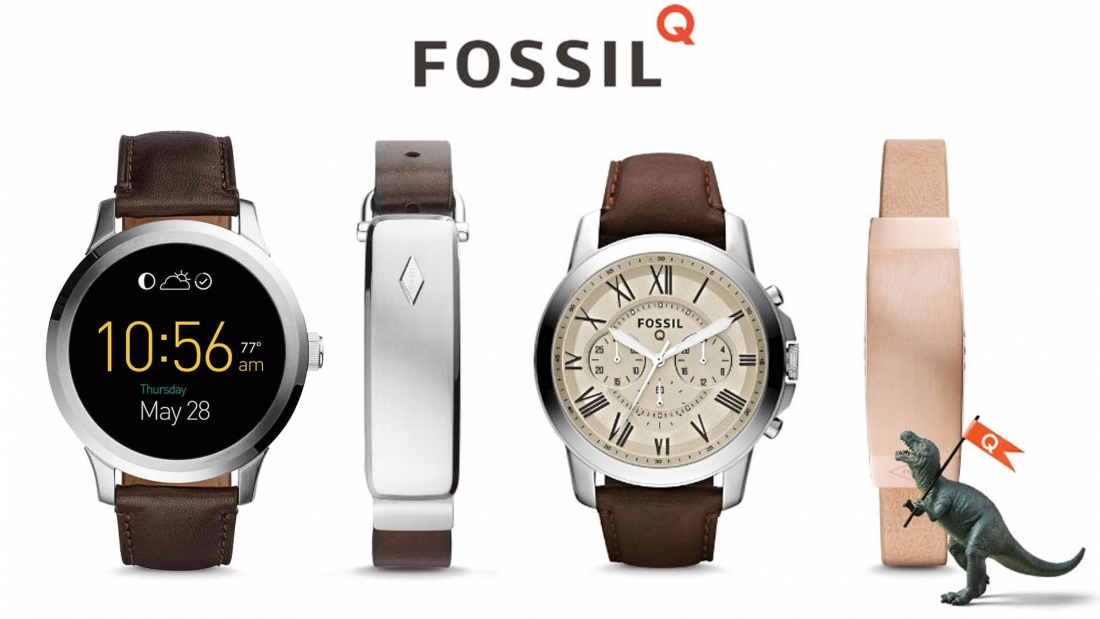Adam Selman Partners With MasterCard For Mobile Payment Clothing
Fashion designer Adam Selman has partnered with MasterCard to explore integrating mobile payment enabled NFC chips into clothing. The credit card giant is on a quest to see what items in our daily life the technology can be integrated into and which make sense. Selman’s first dress to include MasterCard’s tech is a classic looking, 1970’s inspired, empire waist mini. The black bow at the bust conceals the NFC chip. Perhaps realizing that not everyone wants to thrust their chest at a payment terminal, Selman continued his exploration by designing sunglasses, gloves, a clutch, and earrings (again, not very convenient) all capable of mobile payments. The NFC chips found in the dress and accessories are controlled from your phone via Bluetooth and they are safe for dry cleaning. While negotiations are still underway, MasterCard expects Selman’s designs to hit the market in the 2nd half of 2016. In case you are not familiar with Adam Selman, he used to work with private clients such as Michael Jackson and Britney Spears to design stage costumes before launching his own fashion line. Inspired by easy to wear styles from the 70’s and 80’s, he is perhaps best known for collaborating on looks with Rihanna.
Choosing mobile payment technology as one of the first techs to incorporate into ready-to-wear clothing is a smart move. Certainly one of my favorite, and most used, aspects of the Apple Watch is being able to double tap a button and hold my wrist up to a payment terminal to buy things. It is incredibly fast and simple…virtually transparent. While fashion tech can be used to accomplish so many things, payments is a safe first step. It is something everyone can use and it doesn’t result in clothes that look like they are out of a futuristic graphic novel. As long as the technology doesn’t cause a large increase in the cost of clothing or accessories, including it might further spur the adaption of NFC mobile payments (which is a win for everybody). The only question now is what do we call fashion whose only tech feature is mobile payments?
Continue reading












